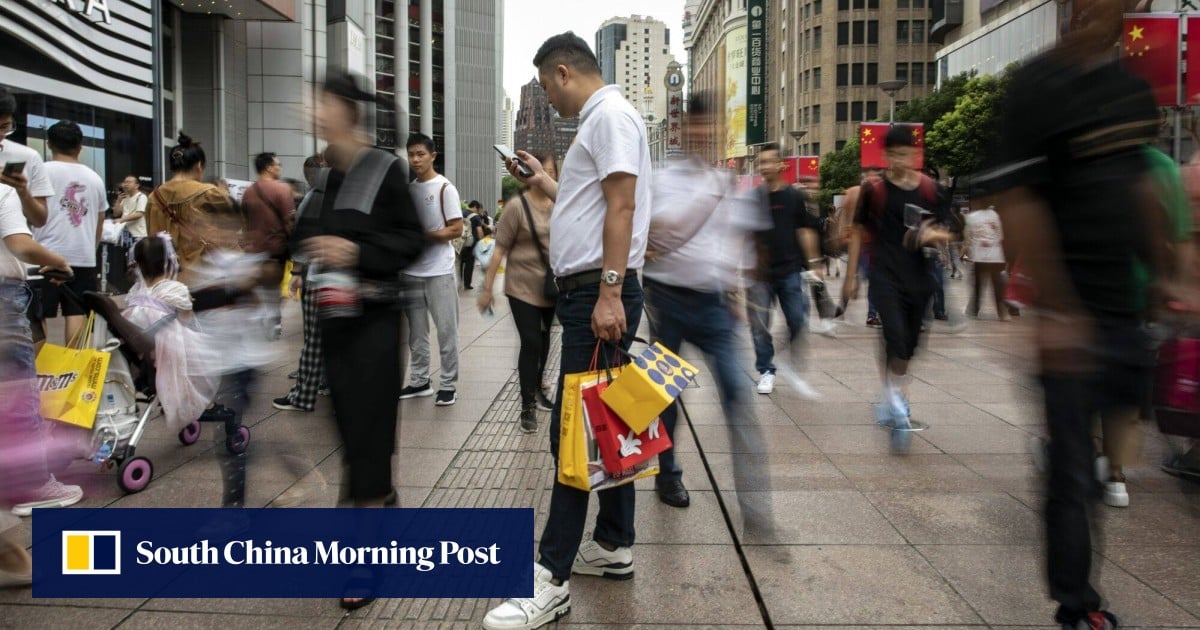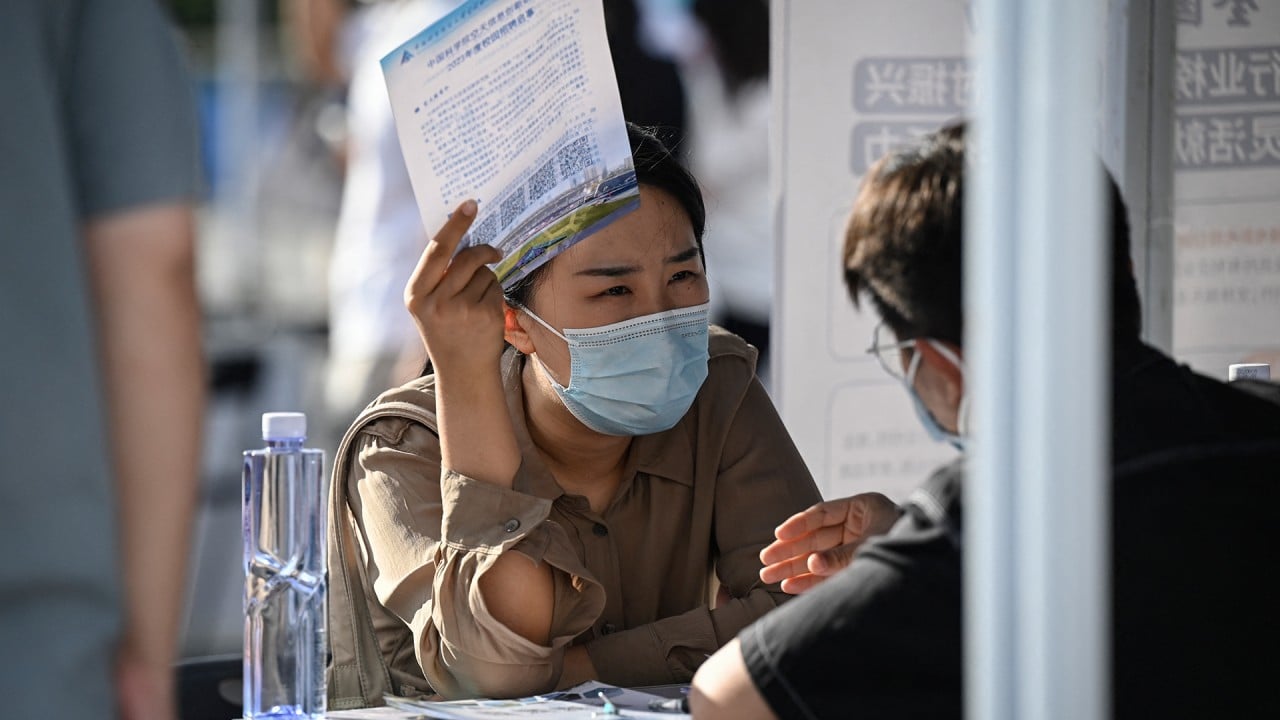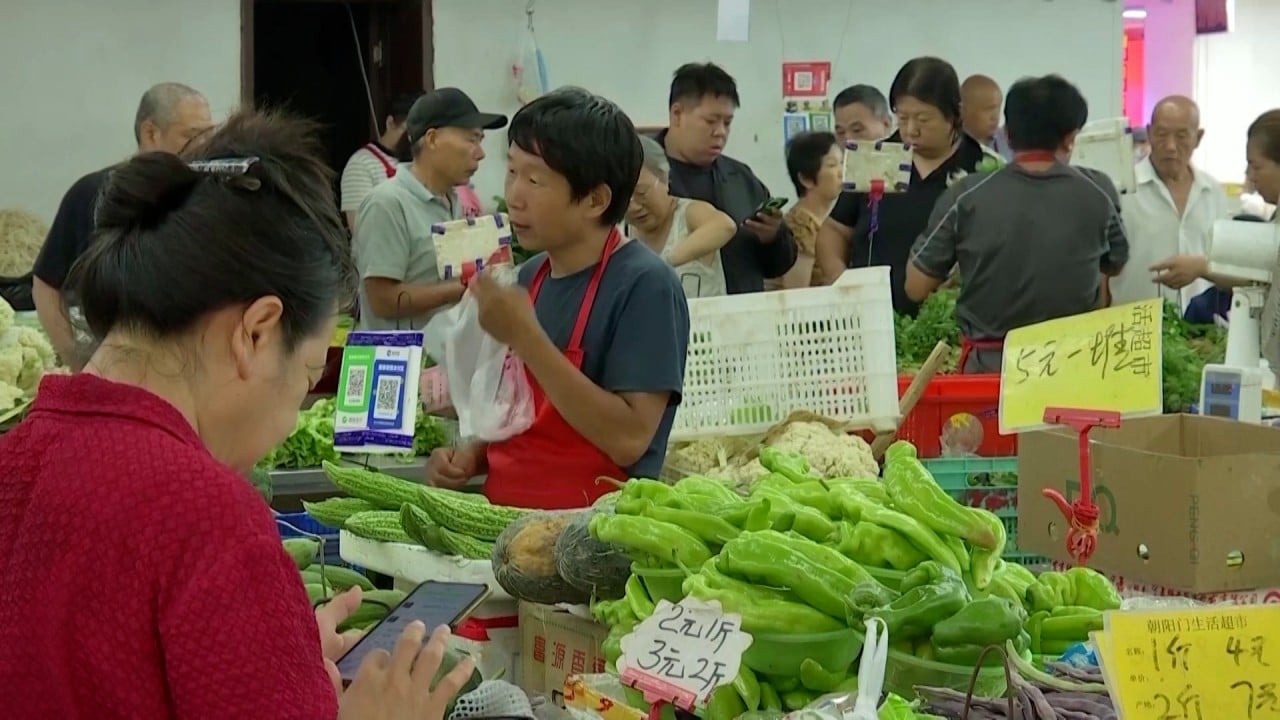According to investment guru Fang Fenglei, the real concern for China’s economic growth prospects remains weak domestic consumption, but there are encouraging signs that Beijing is serious about raising incomes and transitioning to an economy focused more on consumer spending.
China was used to giving discounts to increase the consumption power of peasants and ordinary consumers because it had to focus on development in recent decades, he said. Now with GDP [gross deomestic product] per capita, reaching the level of $13,000, the fundamental issue of increasing income levels must be solved.
There are 80 million civil servants in China and numerous state-owned enterprises that expect salary increases. Fang said that as long as the income situation of this huge population improves, consumption energy will be released.
Beijing is keen to restore confidence in the broader economy after the consumer price index remained unchanged year-on-year in September, signaling weak demand.
Speaking during a forum chat, Fang said China is also currently struggling with problems in the real estate sector, local government debt and small and medium-sized banks.
The direction is very clear: increase the availability of affordable housing for citizens, he said, noting that the Singapore government provides 80 percent of affordable housing, while in China the government provides 20 percent.
While the problem is less acute in China than in Japan in the late 1990s or in the United States, Fang said 300 million Chinese will wait to buy their first homes in the coming three to five years.
Referring to local government debt, which stands at $10 trillion, Fang said most of the money was spent on infrastructure, and China’s debt-to-GDP ratio is 20%.
[It] is the lowest among all our governments, he added. So the solution to this problem doesn’t seem too complicated.
As for small and medium-sized banks, Fang said restructuring is feasible.
There are more than 3,000 banks in China, but the six largest banks hold 60 percent of all financial assets, which are stable, he said.
However, Fang emphasized his concern about the interest rate divergence between the U.S. and China, stating that we cannot tolerate this long-term divergence.
Looking at the U.S.-China relationship, Fang cited data that shows the two countries’ combined GDP currently accounts for 40 percent of global GDP, and by 2050, that number will likely reach 60 percent.
So both countries are gigantic and must bear responsibility, he said, noting that relations between China and the United States have stabilized recently.
Regarding cross-strait relations, Fang believes that confrontation will continue as long as Taiwan strives for independence.
#China #Begins #Transition #ConsumptionCentric #Economy #Investment #Guru
Image Source : amp.scmp.com



